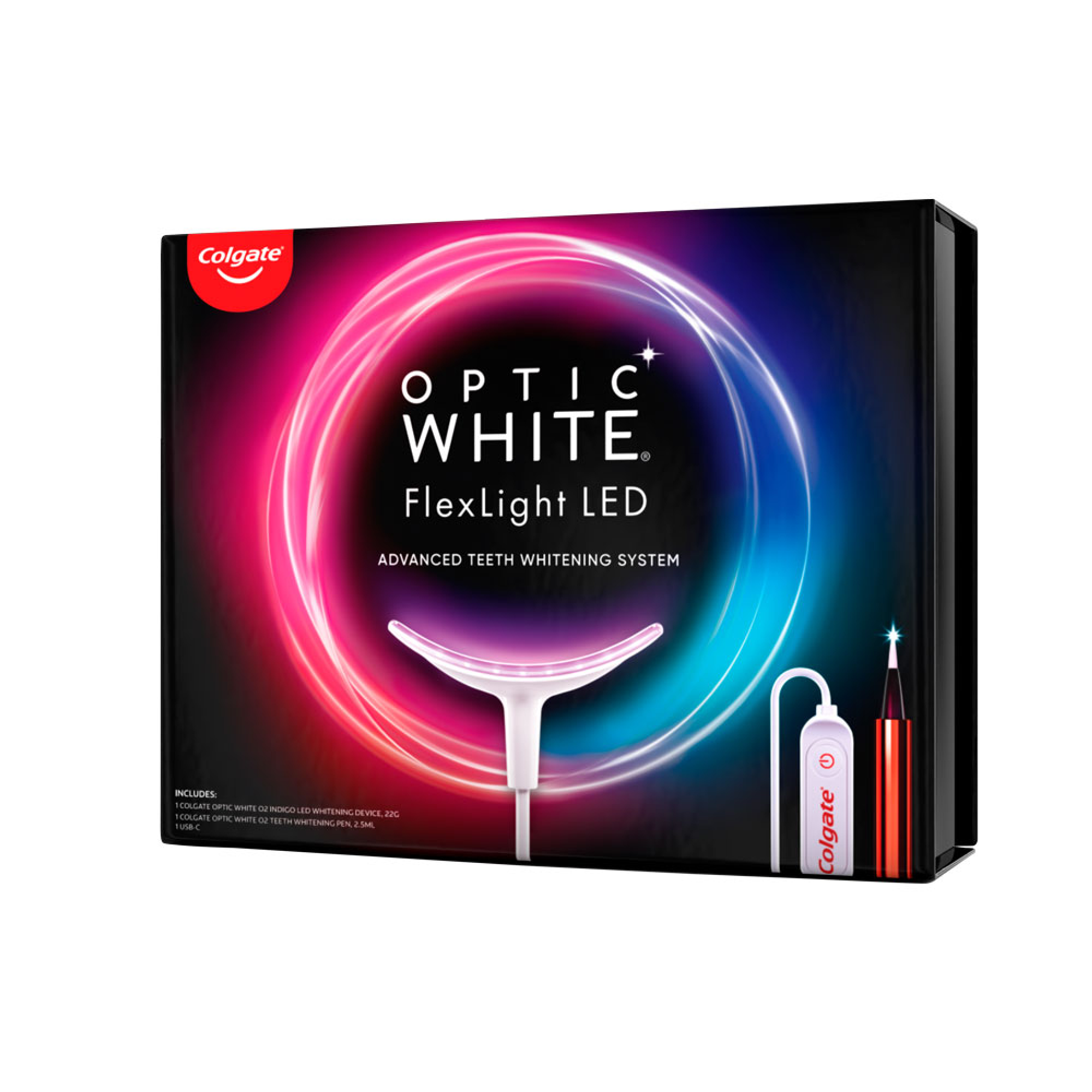-
-

FLUORIDE
Discover how stannous fluoride toothpaste prevents cavities and other oral health issues. Learn the key benefits of fluoride for teeth and its best uses.Fluoride plays a vital role in oral healthcare...

TEETH WHITENING
Teeth Whitening Serum for a Brighter, Confident SmileWho does not want whiter and brighter teeth? Thanks to the many teeth-whitening products available today...
-
Science & Innovation
- Colgate® | Toothpaste, Toothbrushes & Oral Care Resources
- Oral Health
- Teeth Whitening - What to Ask Your Dentist | Colgate® SG


One of the most popular dental procedures desired by patients is professional teeth whitening. Many people retain their teeth for the course of their entire life, so it is no surprise that they want to be able to "show those pearly whites" no matter what age they are. Teeth whitening is an easy way to achieve a stunning smile.
Dental clinics in Singapore have seen a rise in demand for cosmetic dentistry of between 25 to 50 per cent.Teeth whitening is one of the core types of cosmetic dentistry and the one most patients ask their dentists or dental hygienists about.
Your dentist's office is the perfect place to ask questions about the different kind of bleaching procedures. Your dentist can do an initial evaluation of your gums and teeth prior to getting your teeth whitened so that any gum irritation or cavities will be taken care of beforehand.
There are three basic types of bleaching:
1. In-office bleaching. In this procedure, a special bleaching gel is applied to your teeth while you sit in the dentist's chair. Due to its strong bleaching power, the gel is applied with special care to your teeth and gums by the dentist. It stays on for about 20 minutes each time. The procedure is usually repeated about three times, depending on how fast your teeth whiten and how sensitive they are after the initial application. Custom bleach trays are usually also supplied for you to use at home for the purpose of "touching up". In-office bleaching is usually the most effective and will produce the best results.

Instantly colour-corrects yellow tones^
^For temporary efficacy
2. Customised tray for home use. This procedure is similar to the in-office bleaching but the patient does the bleaching at home with a milder formula of the bleaching gel. After wearing the trays for about an hour a day for two weeks, the teeth will whiten to an acceptable color. This procedure is less costly than in-office bleaching and is controlled by the patient, which is great for those with sensitive teeth.
3. Use of whitening toothpaste. This is the least expensive but also least effective way of whitening your teeth. Most adults only brush their teeth for an average of 45 seconds, and it is very difficult for teeth to whiten in that amount of time. The gel used in toothpaste is not as strong as what a dentist can prescribe to you in the other two methods. Some people will experience decent results after a professional cleaning by the dental hygienist and then using the whitening toothpaste.
Two other methods have the ability to whiten teeth, but they are not recommended. They are costly and there is a potential danger of causing sensitivity to the teeth and gums:
1. Whitening strips. These strips have a weakened version of the bleaching gel used by the dentist, but application of the strips can be difficult for the patient, and does not work on teeth that are not perfectly straight. The material on the strip can also burn the surrounding gums if the strip is not properly applied.
2. Whitening by light or laser. Although patients undergoing this procedure report dramatic initial whitening of their teeth, the teeth often "rebound" back to their original colour. There have also been cases reported in which patients' teeth become extremely sensitive to hot and cold foods and fluids.
Professional teeth whitening done by your dental team will provide you with a healthy looking smile. Remember: When selecting a whitener or any dental product, look for a tried and trusted brand that gives you the assurance of safety and efficacy.
Related Articles

Teeth whitening brightens discolored teeth by removing stains. Explore natural home remedies and OTC products for a healthier, whiter smile

Teeth whitening products work by breaking down stains and brightening enamel. Discover different options like strips, gels, trays, and pens.

Brown spots on teeth may worry you, but there's plenty you can do to fix them. Your dentist can offer a solution based on the following causes. Click here to learn more
Related Products

Helping dental professionals
More professionals across the world trust Colgate. Find resources, products, and information to give your patients a healthier future








